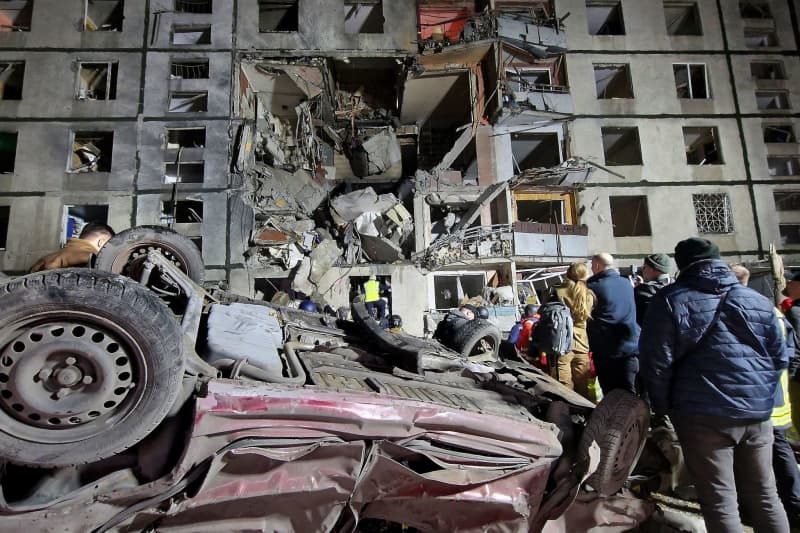The Ukrainian government recently announced its decision to maintain the United News broadcasting initiative, amid mounting criticism from the European Union regarding its wartime media strategy. This initiative, which was launched at the onset of Russia’s full-scale invasion in 2022, is a joint production of six major Ukrainian television channels. United News operates as a 24/7 telethon, designed to combat Russian disinformation and provide a cohesive news platform for Ukrainians during the conflict. Although its original purpose was to ensure that the populace remained informed through a singular source, it has inadvertently evolved into the dominant medium for national television news. This shift has led to allegations that United News serves as a tool for government propaganda, a concern that has gained traction amid the ongoing war.
Ukrainian Culture Minister Mykola Tochytskyi asserted that government support for United News would persist until martial law, imposed at the conflict’s inception, is lifted. He acknowledged the European Commission’s critique but defended the channel as a “space for truth and freedom of expression.” The minister emphasized that the broadcasting effort continues daily, reiterating the government’s commitment to informing the public despite external pressures. This stance reflects a broader strategy to maintain national unity and resilience in the face of external aggression, although it raises questions about media freedom and government influence in wartime communications.
The EU’s critique took a cautious tone as it addressed the need for Ukraine to restore a “transparent, pluralistic, and independent media landscape.” In its annual report on membership candidates, which includes Ukraine, the Commission urged Kyiv to ensure that security-related restrictions align with essential public rights, including media freedom and access to information. This reflects a desire within the EU to maintain a harmful balance between effective wartime communication and upholding democratic standards in media.
Public sentiment in Ukraine suggests that while United News plays a significant role, its relevance is diminishing. Surveys indicate that over half of the population prefers to access news through the Telegram messaging app, highlighting a shift in media consumption habits. Meanwhile, news channels that are aligned with President Volodymyr Zelensky’s political opposition—most prominently that of former president Petro Poroshenko—face significant challenges in viewership. These channels can only broadcast their content through satellite and internet platforms, which limits their audience reach compared to the state-supported United News.
Despite the heavy scrutiny and challenges from both domestic and international spheres, regional news broadcasters have somewhat more freedom to produce their own programming within the confines of the war-inspired censorship framework. Entertainment channels have similarly resumed their traditional programming, shifting away from directly war-related content. This highlights a degree of media diversification, albeit still under the shadow of wartime conditions and restrictions.
The ongoing conflict has also seen tragic consequences, such as the recent bombing of a residential building in northeastern Ukraine. An 11-year-old boy lost his life, and 34 residents were injured in this particular attack. Such incidents underscore the real and devastating impact of the war on ordinary citizens and the need for reliable, accurate news. As the situation develops, the balance between maintaining a cohesive national narrative through United News and ensuring diverse media perspectives remains a critical discussion amid the evolving landscape of wartime Ukraine.

